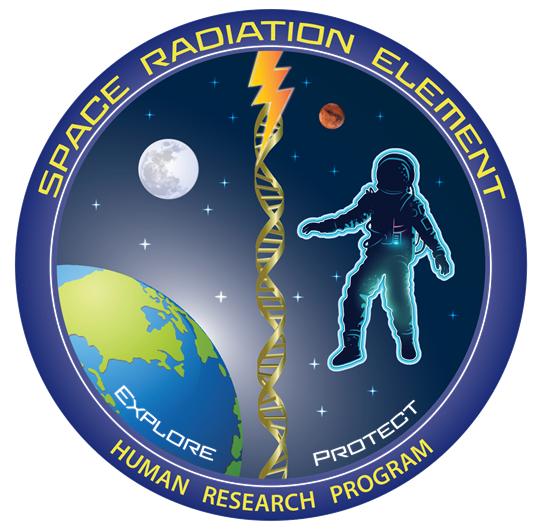The Natural space Ionizing Radiation Environment
This 1-hour lecture provides a detailed description of the various components of the natural space ionizing radiation environment. Ionizing radiation is any radiation that is capable of ionizing atoms in materials or living tissue. This includes energetic electromagnetic waves (X-rays and gamma rays are ionizing), charged particles (protons and any atom that has been striped of its electrons are ionizing), and even neutrons are ionizing because they create charged ions when they collide with the atoms in a material or tissue.
In space, ionizing radiation occurs naturally in the form of - Galactic Cosmic Rays, particles trapped in the Van Allen belts, and solar energetic particles. Each of these radiation sources have unique properties - particle constituency, energy spectrum, temporal variation, location, and effect on humans and electronics.
Therefore, there are big differences for astronauts and equipment in various space missions - low earth orbit differs significantly from lunar orbit. The Van Allen belts can wreak havoc on spacecraft flying through the South Atlantic Anomaly or through the peak of the belts on trans-lunar injection. When a large solar event occurs it can over shadow all the other sources.
We will study each of the ionizing radiation sources in detail and the influence of the magnetosphere and the heliosphere. Finally we will look at ways to mitigate the adverse effects of ionizing radiation on humans and electronics - we'll investigate the effect of shielding materials and thickness.


